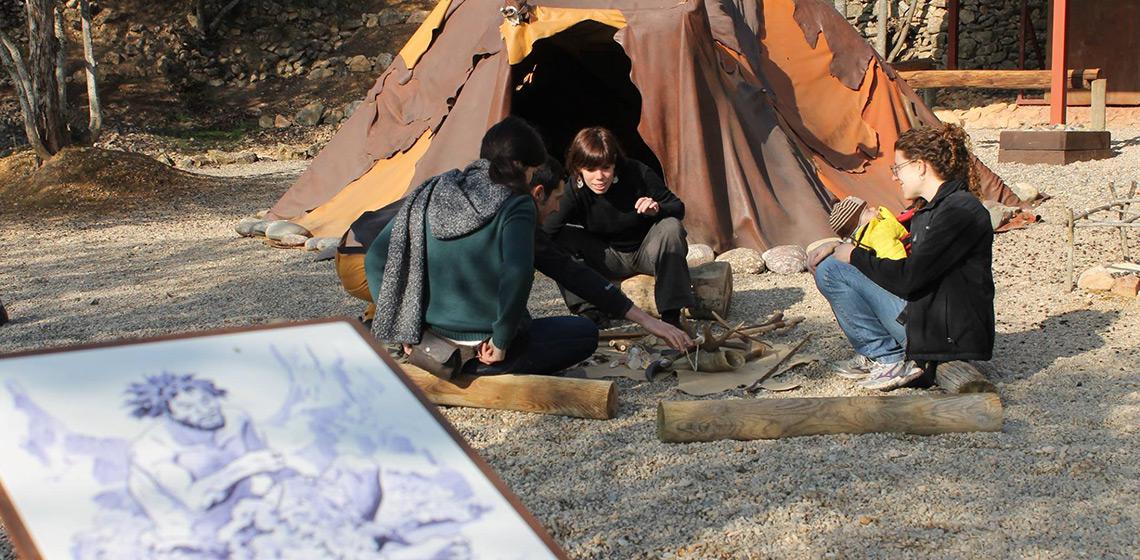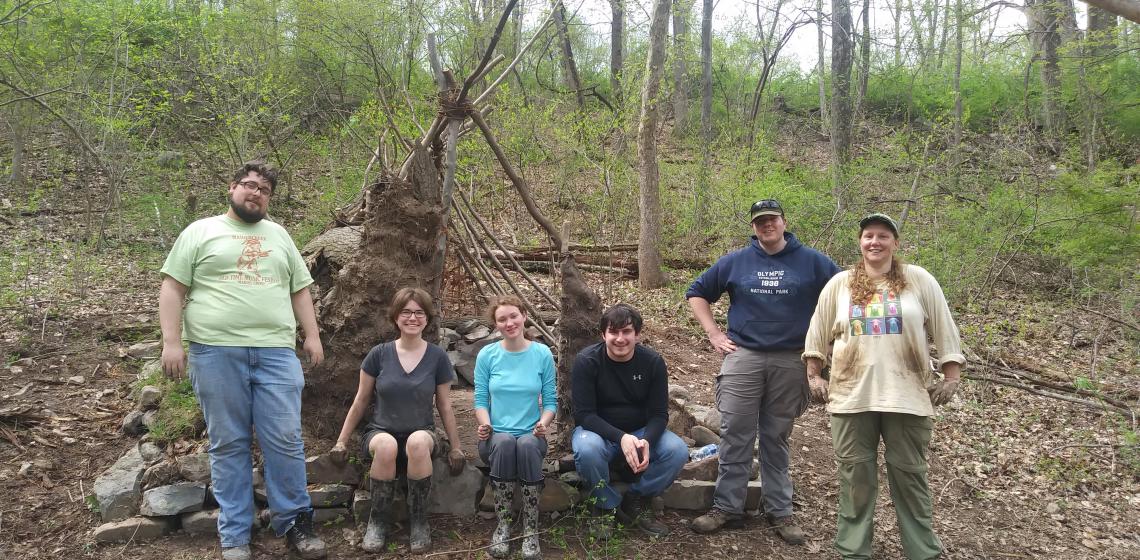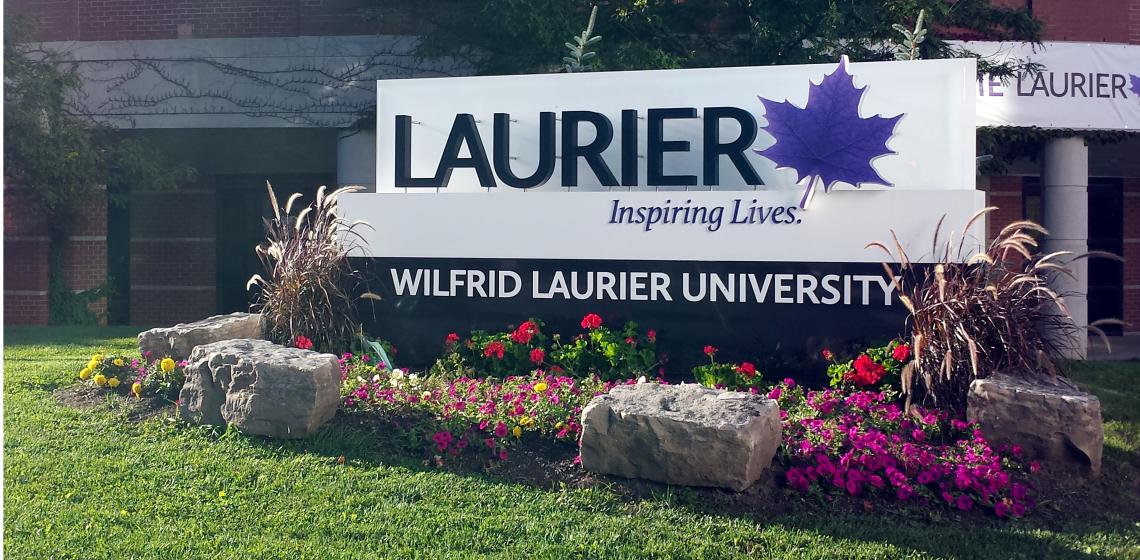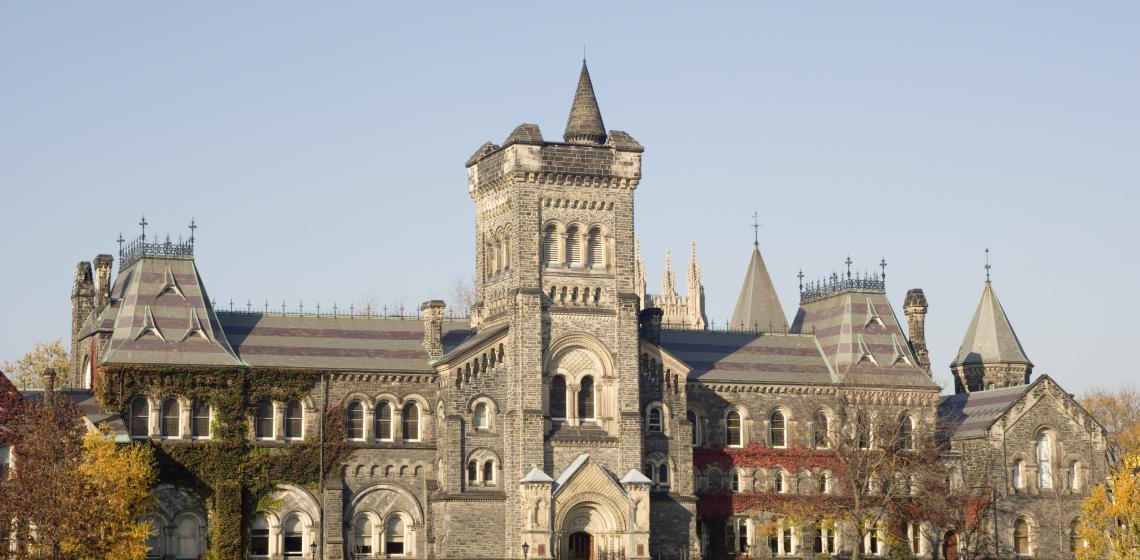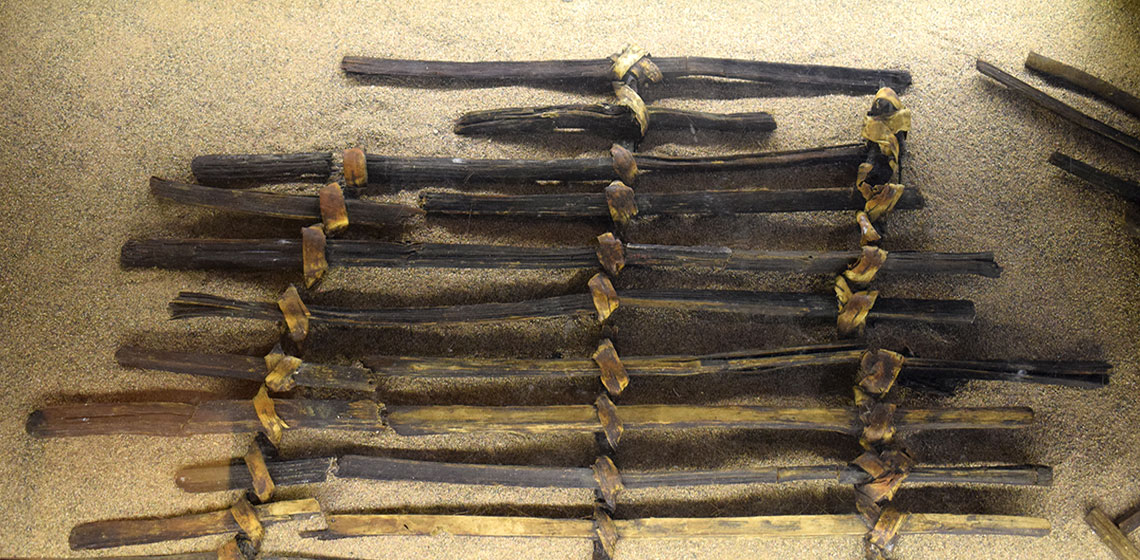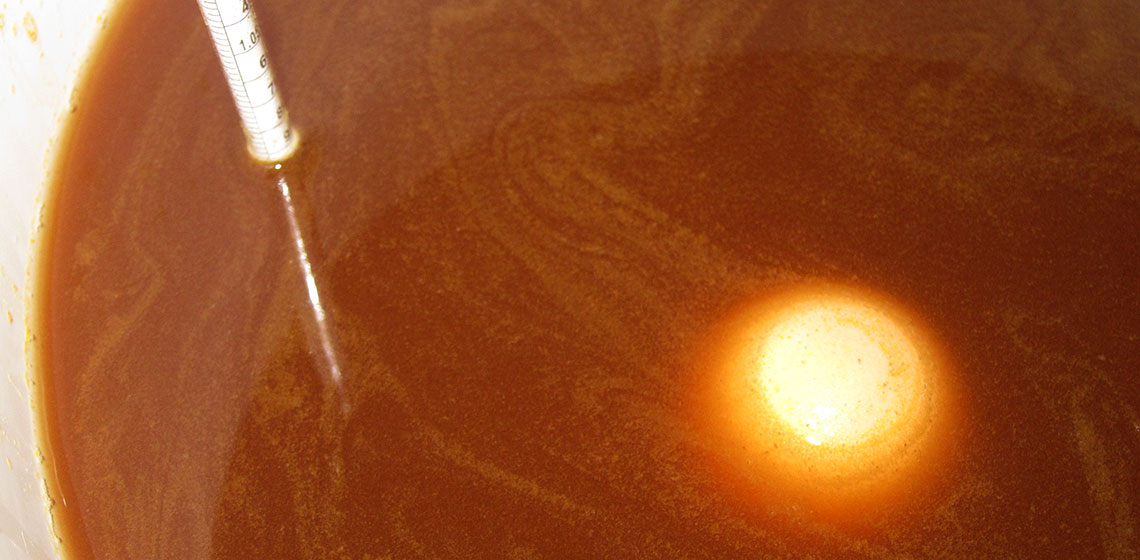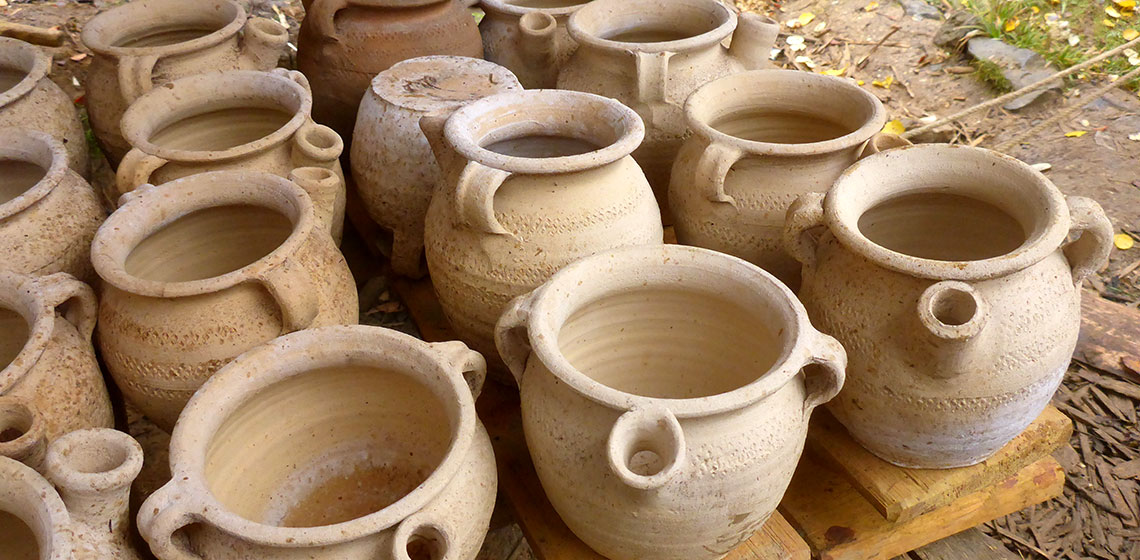Experimental Archaeology
Early Efforts in Experimental Archaeology: Examples from Evans, Pitt-Rivers, and Abbott
Universitat Autónoma de Barcelona (ES)
Though only less more than 50 years old, the Universitat Autónoma de Barcelona (UAB) has already consolidated itself amongst the 200 best universities in the world within the main university rankings and is located within the top 10 new universities with greatest international projection and prestige.
Moravian College (US)
We were founded on a revolutionary idea - that learning should be eye opening, heart racing, game changing and--most important--fun. When John Amos Comenius, a Moravian bishop, came up with that little theory all the way back in the 1600s, he probably didn't expect to have such a big impact. Turns out, we still agree with his philosophy. And we believe our students, like Comenius, can be a little revolutionary. They, too, can turn something seemingly small into something amazing, unimaginable, and bigger than themselves.
Moravian traces its origin to a girls' school founded in May 1742 by sixteen-year-old Countess Benigna von Zinzendorf. Benigna von Zinzendorf's school was the first girls' boarding school in America. It gained such a distinguished reputation that George Washington, during his second term as president of the United States, personally petitioned the headmaster for the admission of two of his great-nieces. The Bethlehem Female Seminary, as the school became known, was chartered to grant baccalaureate degrees in 1863, and in 1913 became Moravian Seminary and College for Women.
Wilfrid Laurier University (CA)
Laurier traces its roots to the opening of the Evangelical Lutheran Seminary in Waterloo more than 100 years ago in 1911. We’ve gone through several changes since then, and in 1973 our name changed from Waterloo Lutheran University to Wilfrid Laurier University. A Laurier education is about building the whole person: mind, body, and spirit. We believe that your university career must lead to more than just a job to be considered a success; Laurier creates engaged and aware citizens in a culture that inspires lives of leadership and purpose.
Archaeology at WLU
Our Archaeology and Heritage Studies program explores areas of faculty research expertise in the archaeology of the New World and the Ancient Mediterranean World. The program focuses on the cultures of North America, in both the pre-contact and post-contact periods after the arrival of Europeans, and the ancient societies of Greece, Rome and the Near East.
University of Toronto (CA)
Founded in 1827, the University of Toronto has evolved into Canada’s leading institution of learning, discovery and knowledge creation. We are proud to be one of the world’s top research-intensive universities, driven to invent and innovate. Our students have the opportunity to learn from and work with preeminent thought leaders through our multidisciplinary network of teaching and research faculty, alumni and partners. The ideas, innovations and actions of more than 560,000 graduates continue to have a positive impact on the world.
Archaeology at UofT
The Archaeology Program focuses on the study of past human societies primarily through their material remains, or “material culture.” Archaeologists explore the nature of and changes in past cultures around the world through survey, excavation and analyses of stone tools, pottery, bones, plant remains, architecture, and other cultural residues.
The Construction of a Replica Section of the Middle Subneolithic Purkajasuo Lath Screen Fish Weir at Kierikki Stone Age Centre, Finland
Celtic Copper Alloy Coin Minting Technology: Experiential Approaches
Of Boyling and Seething: A Re-evaluation of the Common Cooking Terms in Connection with Brewing
Scientific Profit through Daily Routine
***The open-air museum Campus Galli is a construction site where we built an early medieval monastery, following the so-called “Plan of St. Gall”, an architectural drawing from the first half of the 9th century (Carolingian period) as our major reference source (cf. Schedl, 2014; Facsimile: Tremp, 2014)...



